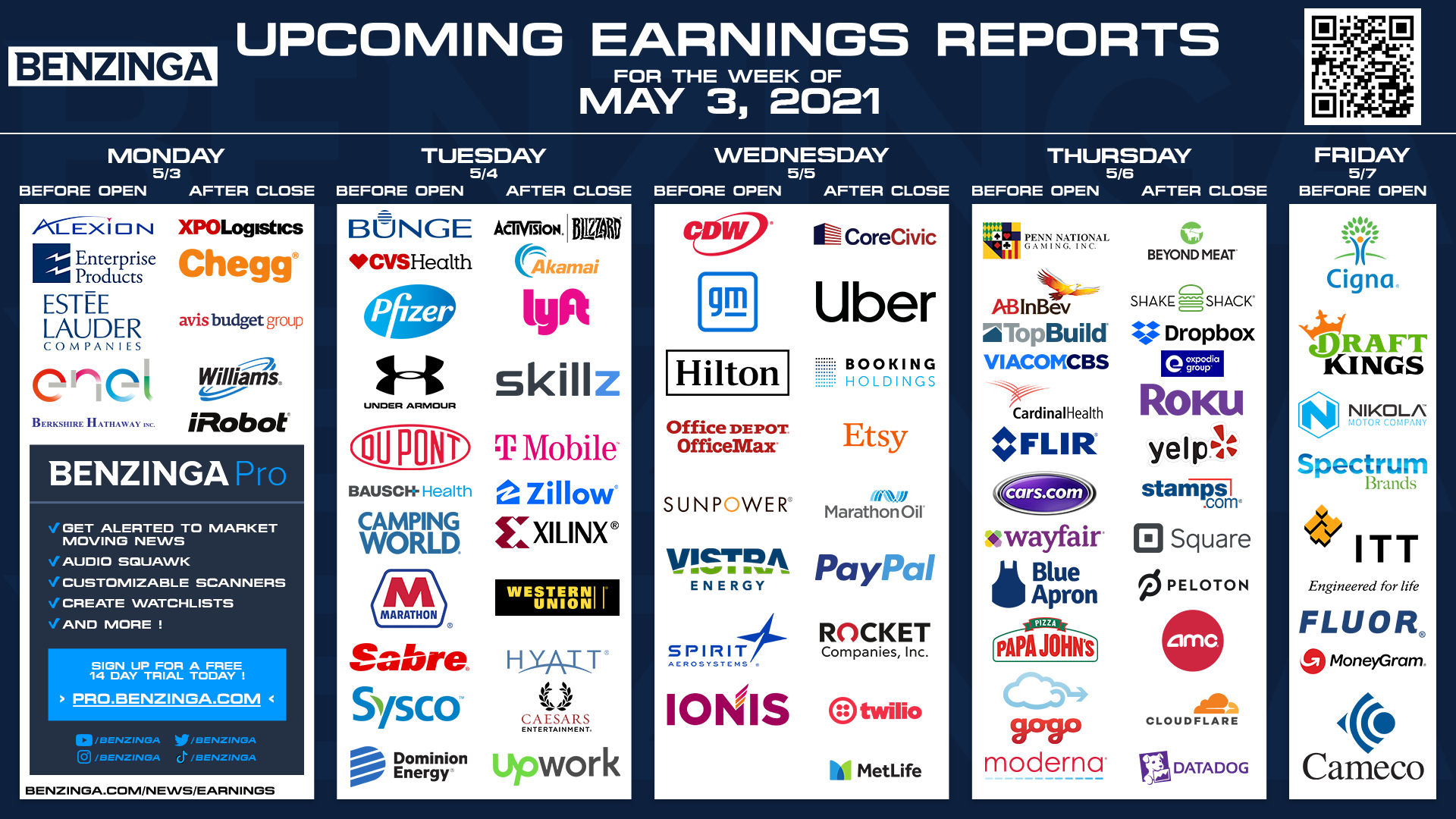Maximizing Profits With An Earnings Calendar: A Comprehensive Guide”
In the world of trading and investing, one of the most important tools for making informed decisions is the earnings calendar. An earnings calendar provides a schedule of when companies are expected to release their earnings reports, which includes information such as revenue, profits, and earnings per share. By using an earnings calendar, traders and investors can make more informed decisions on which stocks to buy or sell, and when to do so.
In this comprehensive guide, we will take a deep dive into earnings calendars, including what they are, why they are important, and how to use them effectively to maximize profits.
What is an Earnings Calendar?
An earnings calendar is a schedule of when publicly traded companies are expected to release their quarterly earnings reports. These reports typically include financial information such as revenue, profits, and earnings per share, as well as any other pertinent information about the company’s financial performance during the previous quarter.
Earnings reports are typically released after the market closes, and can have a significant impact on a company’s stock price. If a company exceeds expectations with its earnings report, its stock price may go up, while a disappointing report can lead to a drop in the stock price.
Why is an Earnings Calendar Important?
An earnings calendar is important for traders and investors because it provides valuable information about when to buy or sell a particular stock. By knowing when a company is scheduled to release its earnings report, traders and investors can make more informed decisions about whether to hold onto a stock or sell it before the earnings report is released.
In addition, an earnings calendar can help traders and investors identify trends in the market. For example, if several companies in a particular sector are reporting better-than-expected earnings, it may indicate that the entire sector is performing well. This can provide valuable insights for traders and investors looking to make investments in that sector.
How to Use an Earnings Calendar Effectively
To use an earnings calendar effectively, it is important to understand how to interpret the information it provides. Here are some tips for using an earnings calendar to make informed trading and investment decisions:
1. Pay attention to the companies that are reporting earnings: Look for companies that are relevant to your portfolio or that you have an interest in. It is also important to consider the size of the company, as larger companies may have a greater impact on the market as a whole.
2. Look at the earnings estimates: Earnings estimates are the predictions made by analysts about a company’s earnings. These estimates can give you an idea of what to expect from a company’s earnings report. If a company’s earnings estimates are higher than expected, it may indicate that the company is performing well and its stock price may go up.
3. Consider the company’s past performance: Look at a company’s past earnings reports to see how it has performed in the past. This can give you an idea of whether the company is likely to exceed or fall short of earnings estimates.
4. Monitor the market’s reaction: After a company releases its earnings report, pay attention to how the market reacts. If the company’s stock price goes up, it may indicate that the market was pleased with the report. On the other hand, if the stock price drops, it may indicate that the market was disappointed with the report.
Conclusion
An earnings calendar is an essential tool for traders and investors looking to make informed decisions about buying and selling stocks. By understanding how to interpret the information provided by an earnings calendar, traders and investors can maximize their profits and minimize their risks.
FAQs:
1. What is the difference between an earnings calendar and a dividend calendar?
An earnings calendar provides information about when companies are scheduled to release their earnings reports, while a dividend calendar provides information about when companies are scheduled
